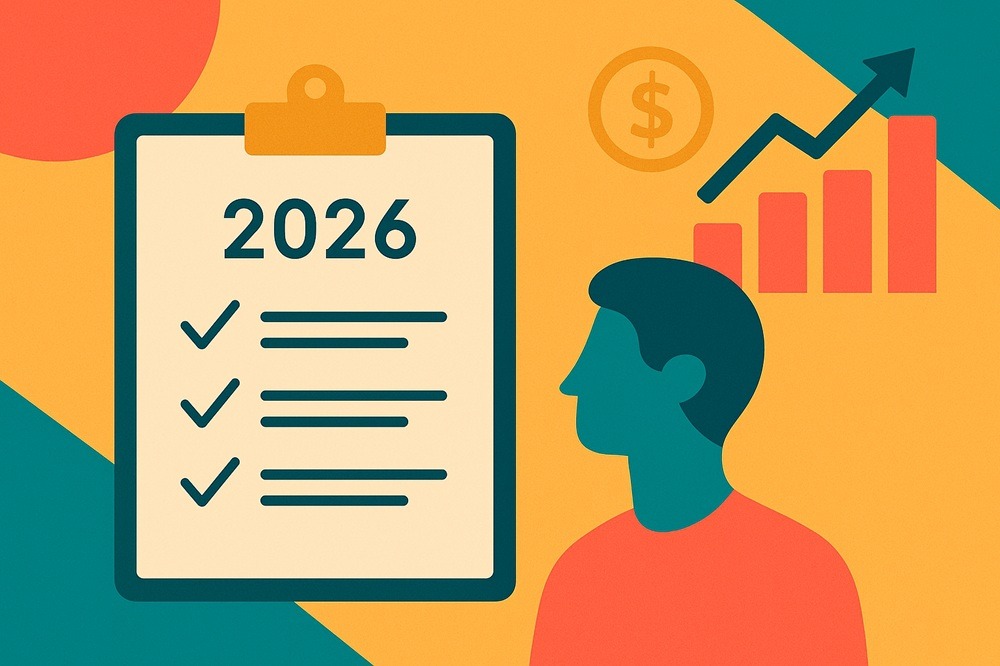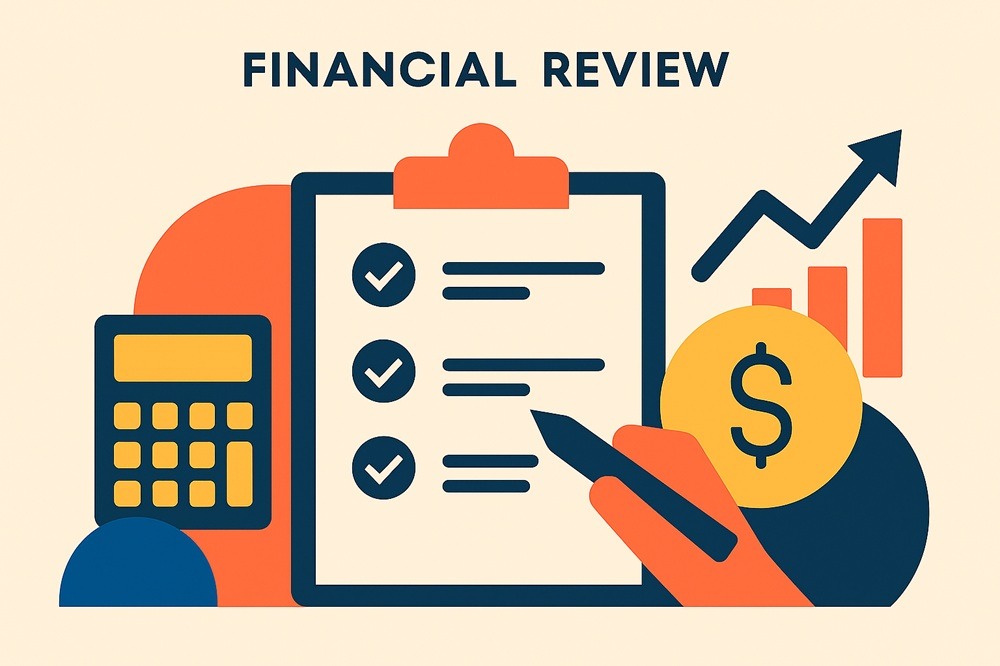Financial Plan in Your 60s – Home, Super, Debts, Centrelink and Inheritance

If you are like us (you may well not be!), then you love to read those ‘Dear Abbey’ type letters to the newspaper. Not surprisingly, we especially love the letters that are seeking financial advice. Last weekend, the Channel Nine/Fairfax Press had a really interesting scenario, which read in part:
My husband is aged 67 and about to retire. I am 64 and hope to retire next year. Our home is worth $1.4 million and has a $750,000 mortgage (which is portable). I have $250,000 in Hostplus super and my husband has $100,000 in Australian Super, plus a Public Sector Superannuation Scheme (PSS) pension of $27,000 a year. We expect to inherit about $350,000, which would go towards paying down the mortgage. Even though we love our home, I suspect that we will need to sell it soon and buy something cheaper. I am thinking that we could buy a new home for $1 million with a $450,000 mortgage, then pay that down to $350,000 while I am still working before paying it off totally with the inheritance.
The author gave some vanilla-flavoured advice in which he agreed that they might need to sell the home. There is more than one way to skin a cat, though, and while that advice might be OK, the scenario contained a bunch of things that we would love to explore with this couple. In this article, we thought we would let you in on our approach if this lady had written to us.
The first thing we would do is calculate the couple’s wealth. Their assets are the home ($1.4 million), his super ($100,000) and her super ($250,000). So, total assets are $1.75 million. They also expect an inheritance of $350,000. It can be a little risky to include a likely inheritance as one of your own assets, but this couple are clearly factoring it into their calculations, so let’s include it as a contingent asset. Thus, total assets are $2.1 million. Against that is the one debt of $750,000. So, net assets are currently $1,350,000.
This is almost the exact value of their home. The lady states that she could retire $100,000 of debt before she leaves work, so if we assume that the debt would decrease to $650,000 by that time, then the total assets upon her retirement become $1.45 million – this time a little more than the value of the home.
Homes are great assets for retirement planning. One thing that sticks out to us in this scenario is that the lady says they love living in their current home. So, the first thing for this couple to consider is keeping their home. There are various ways potentially to do this. The most ‘extreme’ would be to use all the inheritance and (almost all) of their super to retire debt. By the time she retires, this would mean that the couple own their home, have no debt and have about $50,000 left over (probably still in super, although there would be no real advantage in having so little in super).
This would be a classic case of ‘asset rich and cash poor.’ But in many ways our retirement system favours people in that situation.
A less extreme version of keeping the current home would be to use the inheritance and some of the super to pay down some, but not all of the debt. They may be left, say, with $200,000 owing on the home and $250,000 in assets other than their home.
The effect of this would be that their personal ‘balance sheet’ simply has an extra asset on it (the additional super they have retained) and an extra liability (the amount remaining on the mortgage). These two figures would be equal to each other.
We would try to give this couple something new to think about at this point. When they think about debt, many people miss an important point. Whenever you have debt, any decision to use your money for a purpose other than to repay that debt is effectively a decision to borrow specifically for that other purpose. Think about it: if I owe the bank $100,000 and I inherit that much money, I can use that inheritance to pay out my debt. This would leave me with no asset and no debt. If I use the inheritance to buy a sportscar, I have an asset worth $100,000 (the car) and a debt worth $100,000 (the mortgage). Essentially, I have borrowed to buy the sports car.
Back to our couple. In their case, not paying out the mortgage completely would effectively mean that they have borrowed against their home to make an investment in their super fund. This would not make any sense if the superfund then invested in a conservative cash-like investment, as the interest earned by the super fund would be less than the interest paid on the mortgage. This guarantees a loss and makes no sense at all. So, keeping the current house, some mortgage and some super only makes sense if the couple is confident that their super can be invested so that it achieves a return greater than their mortgage rate. This would essentially involve the super fund investing in the share market, either directly or indirectly. If the couple do not want to do this, then paying off the mortgage makes more sense.
If the couple decide to keep their home, they have a bit of a Rubicon to cross: they need to accept that Centrelink is going to be a central feature of their retirement plan. For a couple with $1.45 million in assets, this makes perfect sense. (Indeed, even if they do downsize to a cheaper home, Centrelink is still a likely element of their retirement planning). But our experience is that people often ignore Centrelink when it comes to their planning. For this couple, it should be front and centre.
In this case, the husband is already age-qualified for the pension (although his wife’s income might prevent him getting it just yet). The wife will age-qualify when she too turns 67. The maximum aged pension for a couple is currently around $37,340 per year. The husband has a PSS pension of $27,000. This means that the total the couple can receive from Centrelink falls to about $28,000 per year. So, maximising their Centrelink benefit will be the same as generating a return of 1.9% on their total wealth. Their combined income would be around $55,000 per year.
In her question, the enquirer wonders aloud about selling their home and buying a cheaper place for $1 million. For us, this raises the issue of the cost of selling and buying. We do not know which state she lives in, and thus we cannot calculate the exact stamp duty payable on a $1 million property. But it would be safe to assume ‘transaction costs’ of around $70,000 if the couple take this option (this also includes a fee to a selling agent of 2% – which would be $28,000 on a $1.4 million home. Lots of people forget about this cost).
In this case, after the dust all settles, the total wealth would be around $1,380,000. This is made up of a home worth $1 million and other assets (probably super) of $380,000. The non-home assets are still below the threshold for a couple to not lose any Centrelink income due to the assets test. Their Centrelink income would therefore still be around $28,000 and their combined income would still be around $55,000 before they start taking more from their super. How much they take from their super each year will dictate how long that super lasts.
This is not necessarily a bad strategy. But there are at least three things that worry us and that we would want this couple to think about. The first is that the couple basically need to spend $70,000 to sell and buy. The sell and buy strategy moves them into a house worth $400,000 less but only provides them with an extra $330,000 of non-house assets. That’s a big cost – $70,000 is actually 17.5% of the money released by downsizing. $70,000 is also almost 5% of their total wealth of $1.45 million.
The second worry is that $380,000 would need to be invested in a conservative option if it is to be used to top up their retirement living in the near to medium future. It is too risky to invest this money into a volatile market like the share market if you are going to need to access it any time soon. So, the total investment in growth assets falls to only $1 million – the value of the home they are about to purchase. This home represents the only part of their wealth that can grow into the future.
Thirdly – and perhaps most importantly – is the fact that the couple love their home. This is likely to have a big impact on their quality of life in retirement. Whether the new, cheaper, home would be as nice to live in should really be the number one driver of any decision to sell and buy.
If the couple do keep their current home and thus use the aged pension, then they will ‘only’ have $55,000 or so of annual income. This might lead them to think about a scheme such as the Commonwealth’s Pension Loans Scheme to augment their income and help them access some more spending money. Time has run out on us today, but we will return to that scheme in a future article to look at how it might work.
As you can see, this couple have several options. Those options are informed by a mix of financial and non-financial factors. Our job is to help clients sift through all those factors to make the best decision for them.
Hopefully, you can see from the above analysis why we love our work: what could be better than helping a couple optimise their retirement – and potentially stay in a loved family home? So, if you or someone you know is thinking about what to do in retirement, please don’t hesitate to call us.


